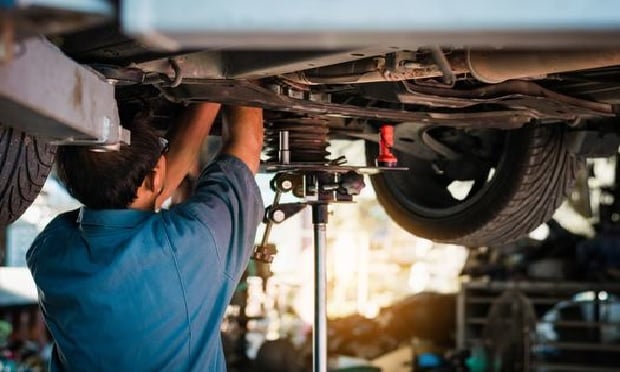 Backlogged body shops combined with a scarcity of parts increased the dollar value of subrogation claims filed in arbitration. (Photo: chartphoto/Adobe Stock)
Backlogged body shops combined with a scarcity of parts increased the dollar value of subrogation claims filed in arbitration. (Photo: chartphoto/Adobe Stock)
Arbitration filings leading to subrogation recovery is a process that has been in place for well over three-quarters of a century. However, in all that time perhaps there has never been more of an impact to the process, procedure and (frankly) the ability to prevail at hearing than what the insurance community has experienced over the last few years. What has been the noticeable effect on the insurance industry as a whole, where roughly 13% of all subrogation claims make their way to intercompany arbitration? Every dollar recovered is essential to the bottom line of carriers and self-insureds as they leverage the arbitration process as a means to secure those monies where disagreement exists over liability for the loss; the damages incurred or coverage.
Recommended For You
Want to continue reading?
Become a Free PropertyCasualty360 Digital Reader
Your access to unlimited PropertyCasualty360 content isn’t changing.
Once you are an ALM digital member, you’ll receive:
- Breaking insurance news and analysis, on-site and via our newsletters and custom alerts
- Weekly Insurance Speak podcast featuring exclusive interviews with industry leaders
- Educational webcasts, white papers, and ebooks from industry thought leaders
- Critical converage of the employee benefits and financial advisory markets on our other ALM sites, BenefitsPRO and ThinkAdvisor
Already have an account? Sign In Now
© Touchpoint Markets, All Rights Reserved. Request academic re-use from www.copyright.com. All other uses, submit a request to [email protected]. For more inforrmation visit Asset & Logo Licensing.







